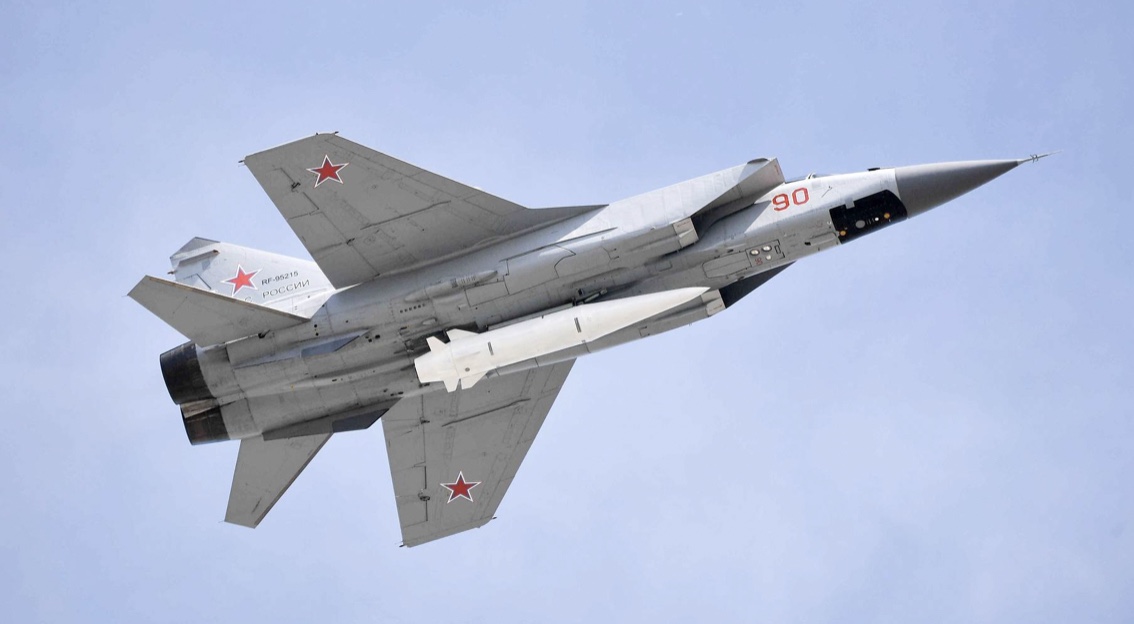America, Great Britain and Australia on September 15 had announced the birth of the AUKUS pact, an agreement in the field of defense and not only aimed at supporting Australia from the excessive Chinese power in the Asian area. The pact favored the acquisition of British submarines to the detriment of French ones, generating strong resentment on the part of the Elysée.
The three countries have also agreed to cooperate in the fields of artificial intelligence and quantum technologies. Now their gaze goes beyond a simple regional deal because they are turning their attention to hypersonic missiles. These missiles, used for the first time by Russia in Ukraine, travel at sustained speeds of Mach 5 to 10 and are difficult to intercept because they continuously change their trajectory remotely: there are currently no suitable missile defenses.
There are two different types. Hypersonic cruise missiles, such as the Russian Kinzhal, deployed in Ukraine on March 18, which are powered by jet engines. Those, on the other hand, glide like the Russian Avangard and the Chinese DF-17, which are installed on rockets and then be launched down long distances with a glide flight.
China, in this particular technology, has surpassed the United States academically by graduating engineers specializing in hypersonic, scientific article publishing, and construction of hypersonic wind tunnels.
The Pentagon successfully performed a hypersonic test in mid-March after several previous failures.
America therefore wants to do it quickly to acquire a capacity not available to date and that is why with Australia it has been working for 15 years on an air-launched hypersonic cruise missile, the SCIFiRE, taking advantage of the Woomera polygon in South Australia where there is one of the largest hypersonic wind tunnels in the world. Australia has 7 hypersonic wind tunnels.
Britain is further behind, but has contracted RollsRoyce's Sum, an aerospace company, to work on engines for the Aukus' new hypersonic missiles.
This evolution of the AUKUS pact highlights how Western allies are racing to join forces to counter the hypersonic capacity of Russia and China.
America and Britain have shared information on nuclear-powered technology with Australia since February, but collaboration in other areas, which will now also include electronic warfare, could allow other Sino-skeptical partners, such as the 'India or Japan, to join AUKUS in the future
